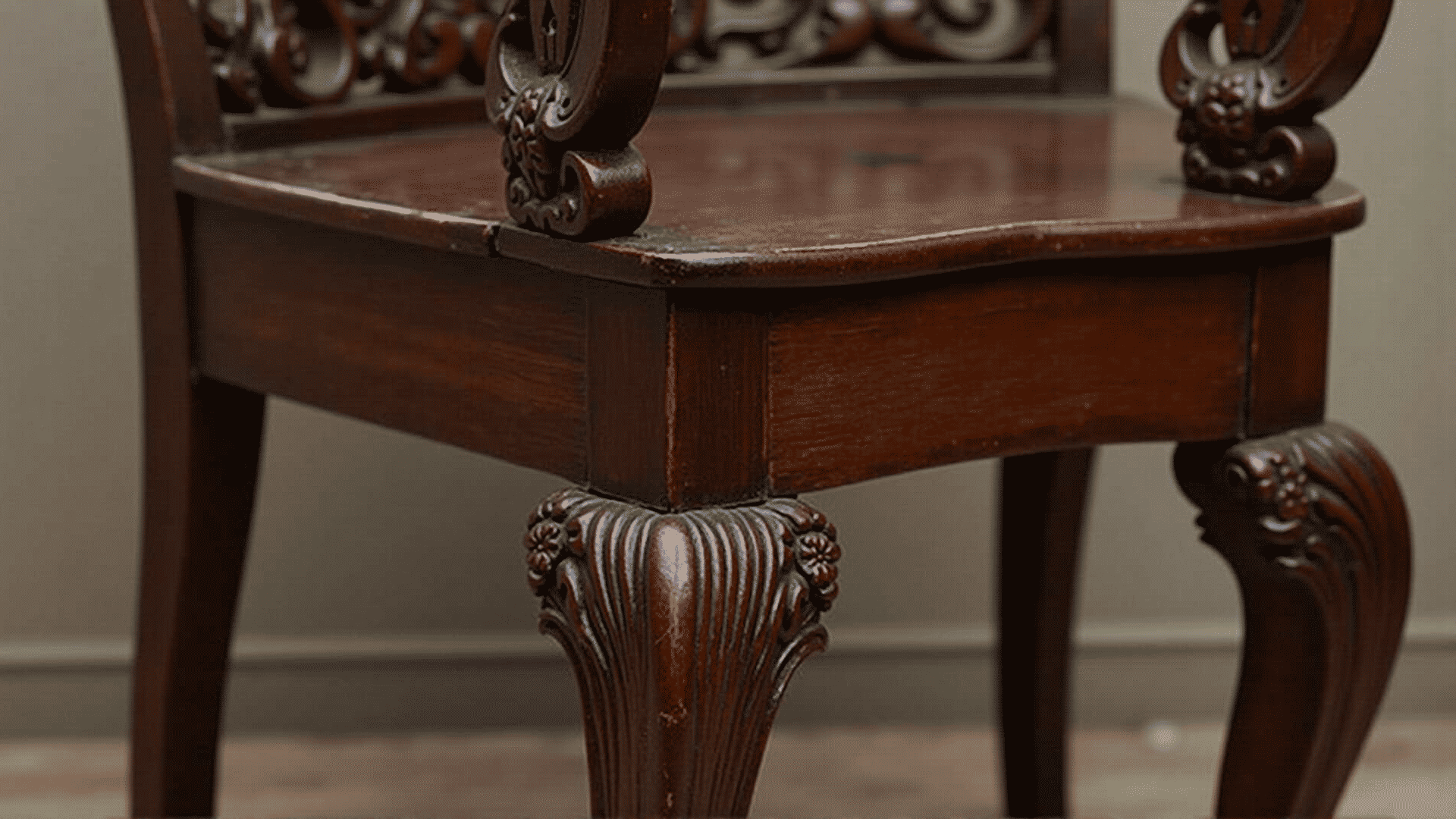Antique furniture stands as a testament to the mastery and ingenuity of past artisans, each piece narrating its unique story through design and texture. By delving into the craftsmanship of these historical objects, one gains insight into the evolution of furniture-making, examining the techniques and materials that have enabled them to endure through the centuries.
Central to the allure of antique furniture is the intricate craftsmanship evident in every detail. Artisans of the past, skilled in their trade, employed techniques that demanded precision and patience, such as dovetail joinery and hand-carving. Dovetail joinery, characterized by its interlocking wedge-shaped cuts, was not only functional in providing robust structural support, but it also added a decorative element to the furniture. This method, often hidden from immediate view, reflects the artisan's dedication to quality and durability.
Hand-carving, meanwhile, allowed craftspeople to embellish furniture pieces with intricate designs, ranging from floral motifs to complex patterns. Each carving, executed with painstaking attention to detail, transforms wood into works of art. This meticulous work was often influenced by the prevailing artistic movements of the time, allowing furniture to become a reflection of the cultural and aesthetic values of the era.
The choice of materials further highlights the commitment to excellence in antique furniture-making. Woods such as mahogany, oak, and walnut were favored not only for their beauty but for their resilience. Mahogany, with its rich color and fine grain, became synonymous with quality, while oak was prized for its strength and durability. The selection of these materials ensured that the creations could withstand the test of time and continue to be appreciated by generations to come.
Beyond aesthetics, antique furniture also represents the evolution of design, adapting to the changing needs and tastes of society. From the opulent and elaborate styles of the Baroque period to the clean and elegant lines of the Georgian era, these pieces chronicle the shifts in societal norms and technological advancements. This evolution is evident in the progression from purely functional items to those that incorporate both functionality and design elements.
The historical significance of antique furniture extends beyond its physical form; each piece offers a window into the past, revealing aspects of everyday life, social dynamics, and technological advancements. For instance, the introduction of mechanized tools during the Industrial Revolution allowed for more consistent and efficient production, resulting in greater accessibility. However, the individuality and character of handcrafted items remained highly prized, serving as a reminder of the artisan's touch.
As we explore the artistry of antique furniture, it becomes evident that these pieces are not merely objects of utility but embodiments of history and human achievement. They remind us of a time when meticulous craftsmanship and careful material selection were paramount, bearing witness to the evolution of design and technology. The enduring nature of antique furniture, with its intricate workmanship and historical significance, continues to captivate and inspire those who appreciate the harmonious blend of art and craft through the ages.
